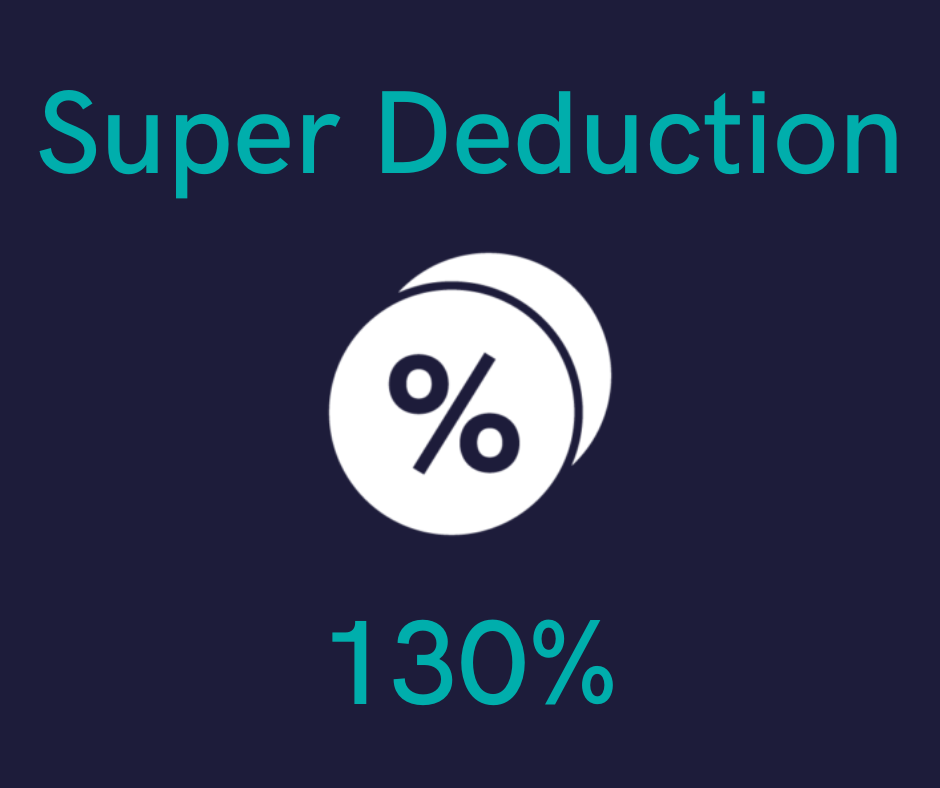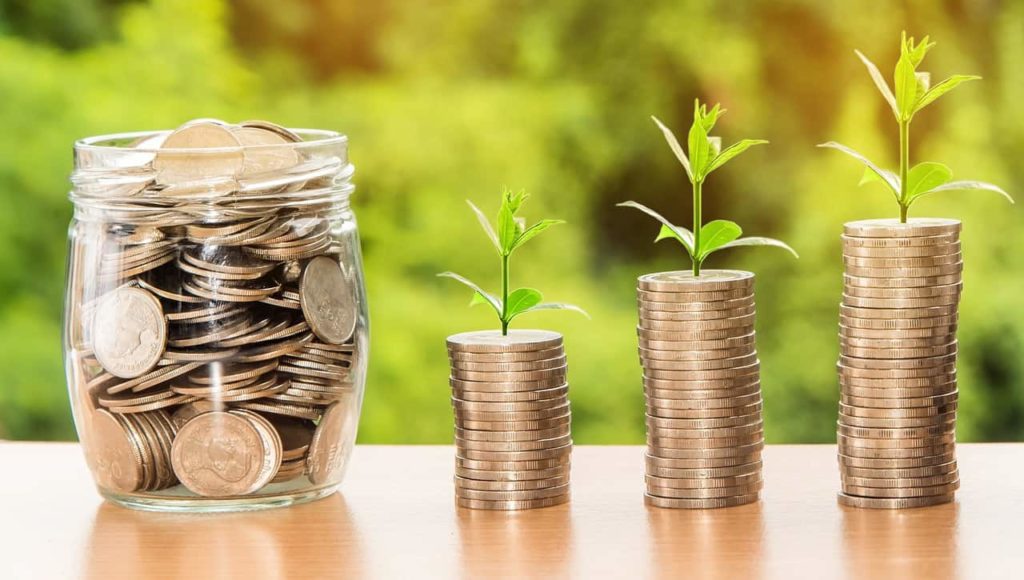So, what is the Super Deduction?
To understand super-deductions first we must be aware of what capital allowances are and how they work. Capital allowances are expenditure your business can claim back against taxable profits, they may be claimed on most assets within your business and the rate they can be claimed varies from asset to asset and the current HMRC allowances, such as the current super deduction.
The super-deduction or enhanced capital allowances, means that from 1st April 2021 to 31st March 2023 any investments your business makes in plant and machinery will qualify for:
- A 130% super-deduction capital allowance on main rate (main pool) plant and machinery.
- A 50% first year allowance for special rate (long life assets).
These deductions mean that investments in qualifying assets until April 2023 could give your company greater tax relief in the year of purchase than what would normally occur.








